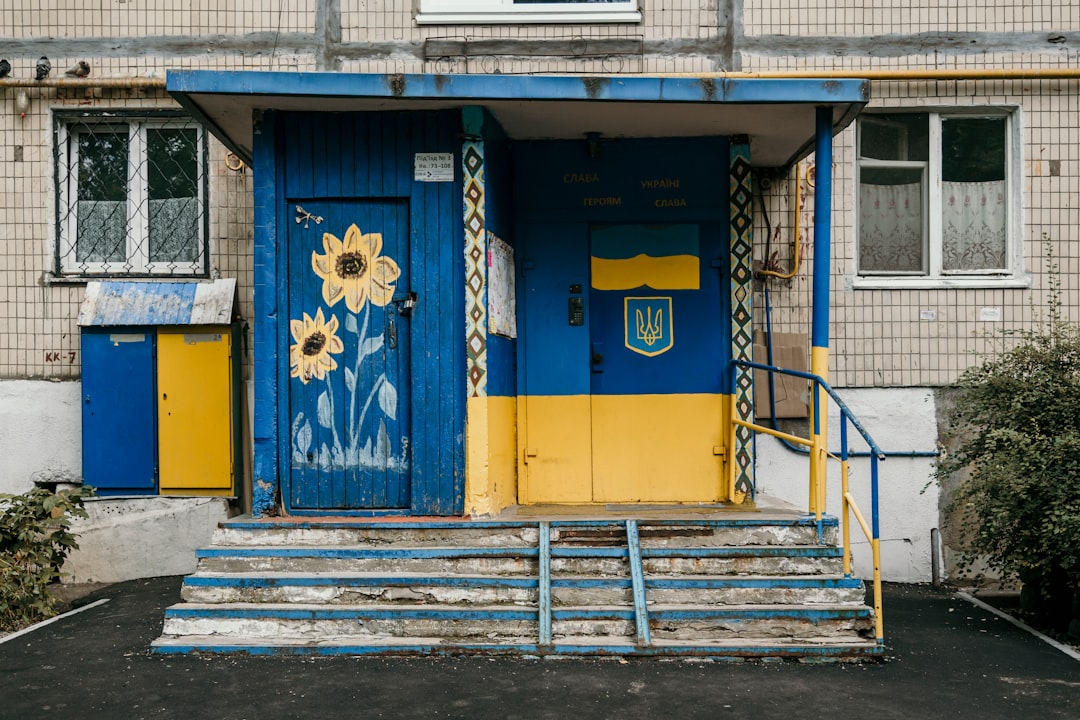What is it about?
Before East Timor's vote for independence in 1999, Tetun Dili was mainly an oral lingua franca. Now it is used in politics, education, and the press. The style of Tetun used in the press shows strong influence from East Timor's other official language, Portuguese, particularly in vocabulary. It also shows influence from the language of its former occupying nation, Indonesia, mainly in structure.
Featured Image
Why is it important?
Many languages show the influence of contact with the language of one former coloniser, but Tetun Dili has been in contact with the languages of two colonisers, Portugal and Indonesian, one with a Romance language, the other with a western Austronesian language. Portuguese is the language of the elite (the source of much of the news) and the co-official language, while Indonesian is the language of education of almost all journalists. This article shows how these diverse influences come together in press language.
Read the Original
This page is a summary of: Language contact and functional expansion in Tetun Dili: The evolution of a new press register, Multilingua, October 2018, De Gruyter,
DOI: 10.1515/multi-2017-0109.
You can read the full text:
Contributors
The following have contributed to this page










